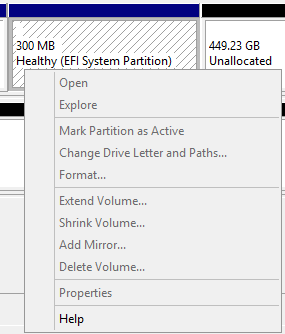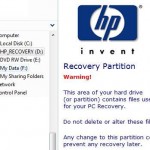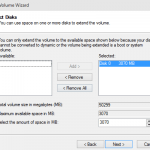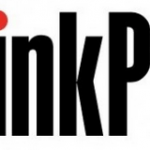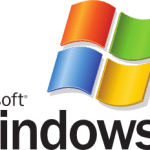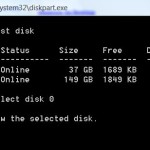However, Disk Management is limited in its ability, especially when dealing with hidden, system, reserved, recovery and system partitions that are protected by Windows operating system. Most if not all OEM desktop computers or notebook PCs from Dell, HP, Lenovo, Acer, ASUS, Samsung, Alienware, Sony, Fujitsu, Toshiba and etc. comes with special OEM, EISA or EFI partition either in FAT or NTFS file system that contains boot loaders, system recovery utility to rollback to original default factory settings, diagnostic tools, device driver files, system utility programs and system configuration files that are used by the firmware at boot time or to be run before an operating system is booted, and/or for other purposes.
These special partitions, which can be hidden from view, or without any drive letter assigned, can have a size of from few gigabytes to 10 GB or more. As most of these disk partitions is protected and locked by the operating systems to prevent and avoid accidental deletion of these partitions, they cannot be deleted by using Disk Management snap-in. The partition cannot be merged into any other existing partition either. When right clicking on these protected partitions, the menu is greyed out and disable, or simply cut-shorted with most options not available. Some users reported that even advanced third-party disk management tool such as Acronis Disk Director and Partition Magic cannot manipulate, change, remove and delete the partition either under Windows desktop.
Some users may not want to keep the EISA, recovery, EFI system and other protected and hidden partitions that come pre-configured on the computer. By deleting these partitions, it’s possible to free up a few GBs of hard disk storage space. Follow the steps below to use Diskpart, a text-mode command line interpreter based on scripts that manages hard disk, partition and volume in Windows, to delete any unwanted partition that is undeletable under Disk Management tool.
- Open a command prompt as administrator.
- Run Diskpart application by typing the following command (hit Enter key after entering all commands to execute them):
diskpart
- List all hard disk drives installed on the system:
DISKPART> list disk Disk ### Status Size Free Dyn Gpt -------- ------------- ------- ------- --- --- Disk 0 Online 223 GB 0 B Disk 1 Online 465 GB 1024 KB Disk 2 Online 238 GB 237 GB
TipIf you don’t see the disk you want, enter rescan command and press Enter key to re-scan all partitions, volumes and drives available. - Select the disk that you want to manage its partitions:
DISKPART> select disk 2 Disk 2 is now the selected disk.
Remember to specify the correct number of disk to manage (in example above, change number 2 to appropriate number corresponding to the number as listed in “list disk” command). Normally, with just 1 hard disk, it will be disk 0.
- Show all available and created partitions in the disk selected:
DISKPART> list partition Partition ### Type Size Offset ------------- ---------------- ------- ------- Partition 1 Recovery 1500 MB 1024 KB Partition 2 Primary 582 GB 1501 MB Partition 3 Primary 11 GB 584 GB
- Select the partition that wanted to be deleted:
DISKPART> select partition 1 Partition 1 is now the selected partition.
Change number of partition (1 in example above) to actual number reflecting the partition that you want to delete. Be careful with the number of this partition, as wrong number may get data wipes off accidentally.
- Optionally, check the details of partition to ensure it’s the correct one:
DISKPART> detail partition
Partition 1
Type : 27
Hidden: Yes
Active: Yes
Offset in Bytes: 1048576Volume ### Ltr Label Fs Type Size Status Info
———- — ———– —– ———- ——- ——— ——–
* Volume 3 System NTFS Partition 1500 MB Healthy Hidden - Optionally, mark the partition as inactive:
DISKPART> inactive DiskPart marked the current partition as inactive.
- The most important step, delete the partition:
DISKPART> delete partition override DiskPart successfully deleted the selected partition.
Once the partition has been deleted, exit from Diskpart, and now users can use the much familiar and much easier Disk Management tool to manipulate the freed unallocated partition. Users can create a new volume (partition) with this space, or simply merge it to existing partition by extending the size of the existing partition.

